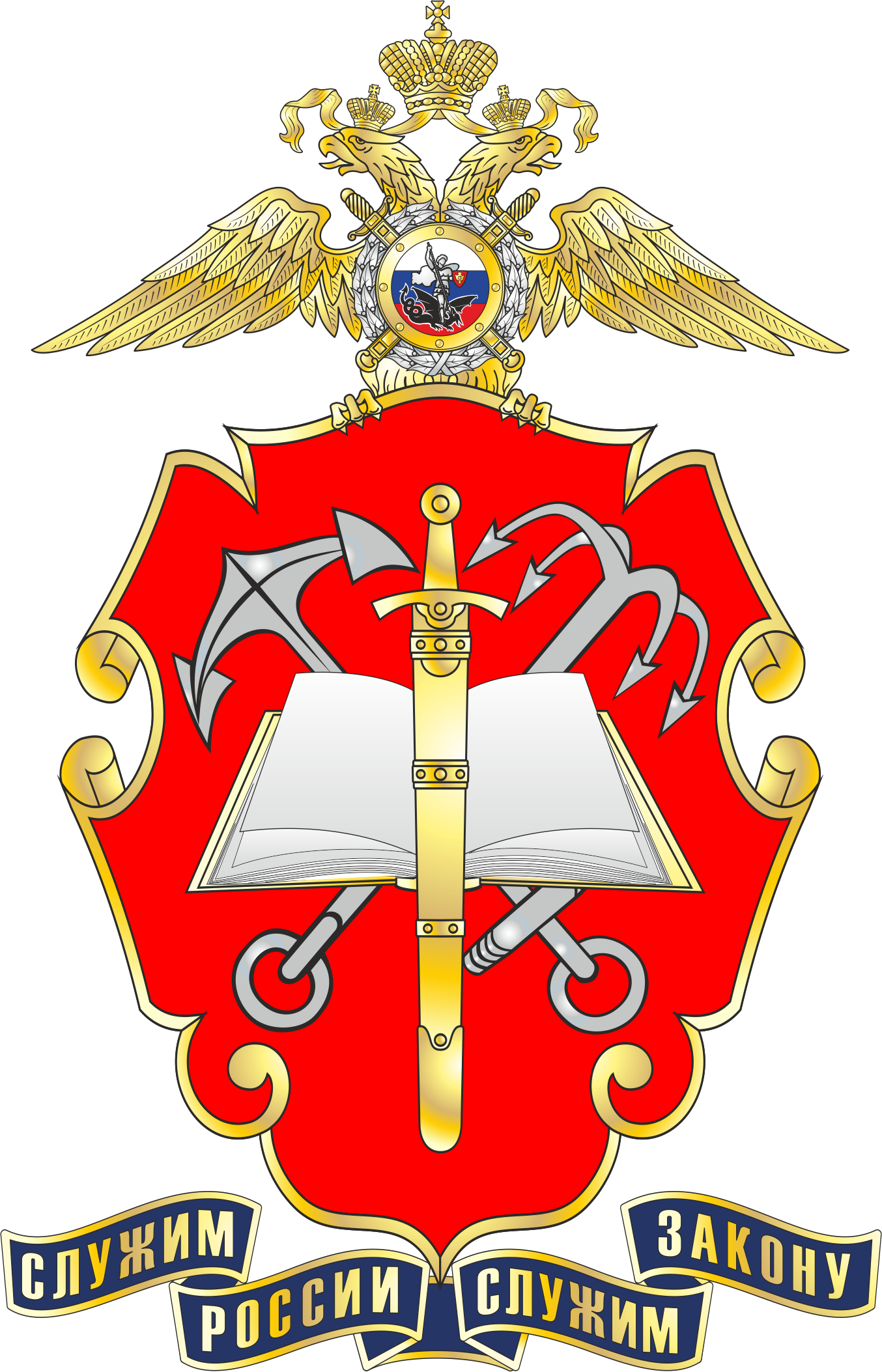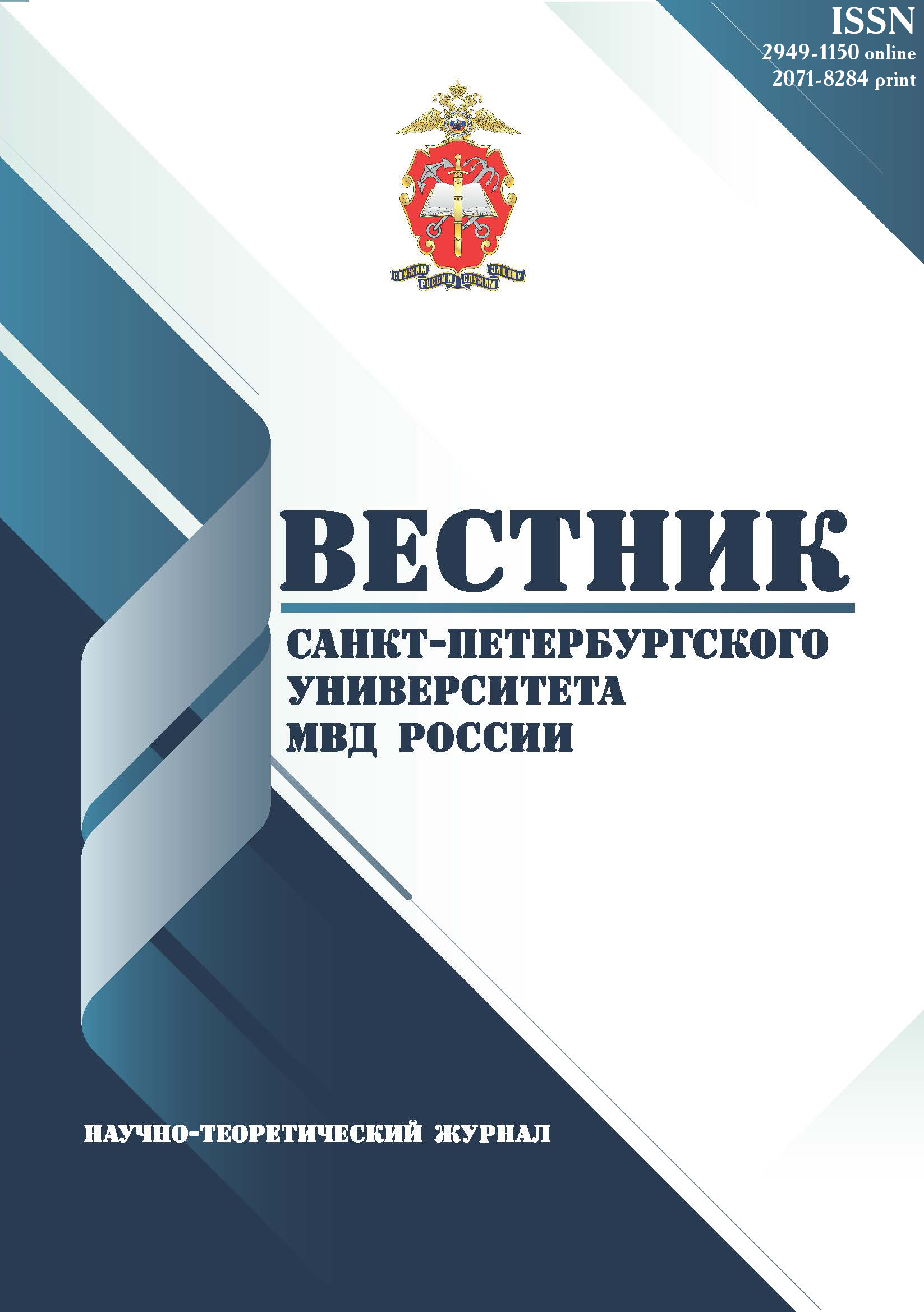from 01.01.1999 to 01.01.2020
Sankt-Peterburgskiy universitet MVD Rossii
Russian Federation
Russian Federation
UDC 37
CSCSTI 14.35
Russian Classification of Professions by Education 44.07.01
Russian Trade and Bibliographic Classification 3662
The relevance of the topic have determined by needs of ensuring the quality of graduation qualifications by university students. This aim have to achieved, inter alia, using methods of mathematical and statistical analysis. The article discusses the practical application of the cluster analysis methodology by university students in the Graduation qualification work. The authors have analysed advantages and disadvantages of this method and determined the boundaries of its use. From a methodological point of view, it have interested to justify the boundaries of the Cluster analysis method application. Attention is to drawn the particular problems formulation the solution of which involves achieving the aim of cluster analysis. The authors describe the stages of clustering have identified with using the ascending hierarchical method. The article describes the basic rules and the sequence of using the STATISTICA package with the English version to solve the specific problem of clustering a large number of objects. As an example, the task of clustering eleven subjects of the Northwestern Subject of Russia in order to identify similar features of their innovative development. The authors emphasize the importance of using the method in terms of identifying the general properties of objects in allocated clusters. The regularities that describe the relationship of individual groups of objects are also substantial
grouping, cluster analysis, analysis method, parameters, properties of objects, clustering stages
1. Mandel' I. D. Klasternyy analiz. - Moskva: Finansy i statistika, 1988. - 176 s.
2. Barinova V. A., Drobyshevskiy S. M., Eremkin V. A., Zemcov S. P., Sorokina A. V. Tipologiya regionov Rossii dlya celey regional'noy politiki // Rossiyskoe predprinimatel'stvo. - 2015. - T. 16. - № 23. - S. 4199-4204.
3. Gordyachkova O. V. Klasternyy analiz privlecheniya inostrannyh investiciy rossiyskimi regionami // Rossiyskoe predprinimatel'stvo. - 2013. - T. 14. - № 3. - S. 116-121.
4. Maslyukova E. V., Zayceva Yu. Yu. Zanyatost' v neformal'nom sektore: kolichestvennye metody analiza // Ekonomika truda. - 2017. - T. 4. - № 4. - C. 423-430.
5. Savchenko T. N. Primenenie metodov klasternogo analiza dlya obrabotki dannyh psihologicheskih issledovaniy // Eksperimental'naya psihologiya. - 2010. - T. 3. - № 2. - S. 67-86.
6. Haydukov D. S. Primenenie klasternogo analiza v gosudarstvennom upravlenii // Filosofiya matematiki: aktual'nye problemy : sbornik tezisov II Mezhdunarodnoy nauchnoy konferencii «Filosofiya matematiki: aktual'nye problemy», MGU im. M.V. Lomonosova. - Moskva: MAKS Press, 2009. - 287 s.
7. Zhambyu M. Ierarhicheskiy klaster-analiz i sootvetstviya. - Moskva: Finansy i statistika, 1988. - 345 s.
8. Rubcov G. G., Litvinenko A. N., Bol'shakova L. V. Tendencii razvitiya otechestvennoy innovacionnoy politiki na primere SZFO // Nauchno-tehnicheskie vedomosti SPbGPU. Ekonomicheskie nauki. - 2020. - T. 13. - № 1. - S. 65-78.
9. Dubrov A. M., Mhitaryan B. C., Troshin L. P. Mnogomernye statisticheskie metody. - Moskva: Finansy i statistika, 2003. - 352 s.














